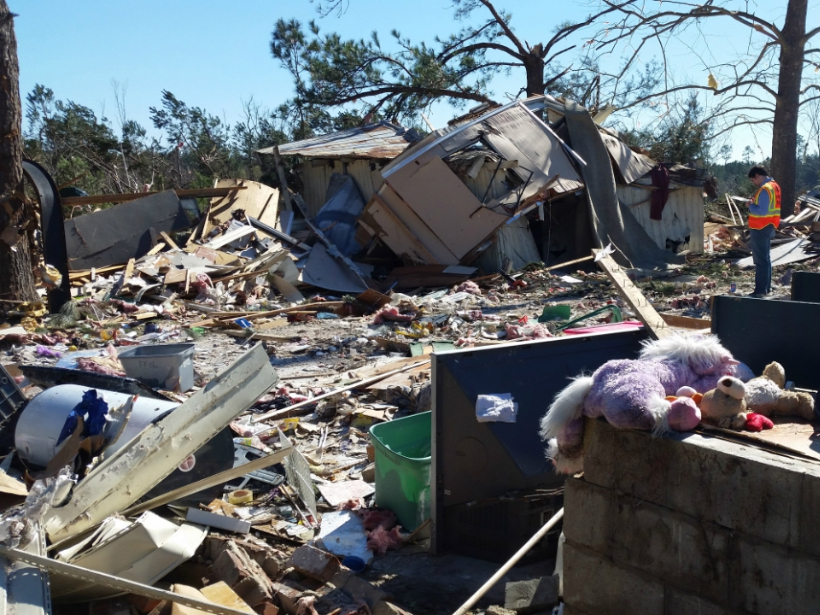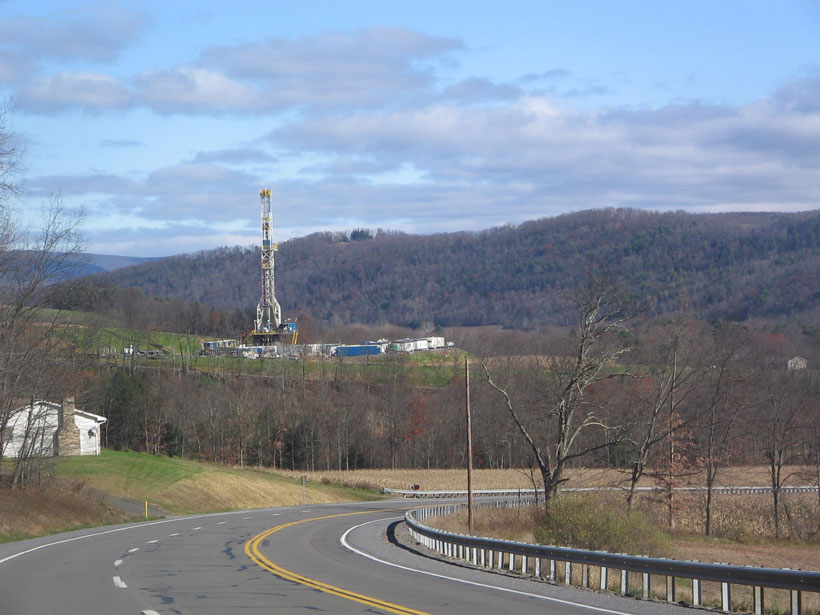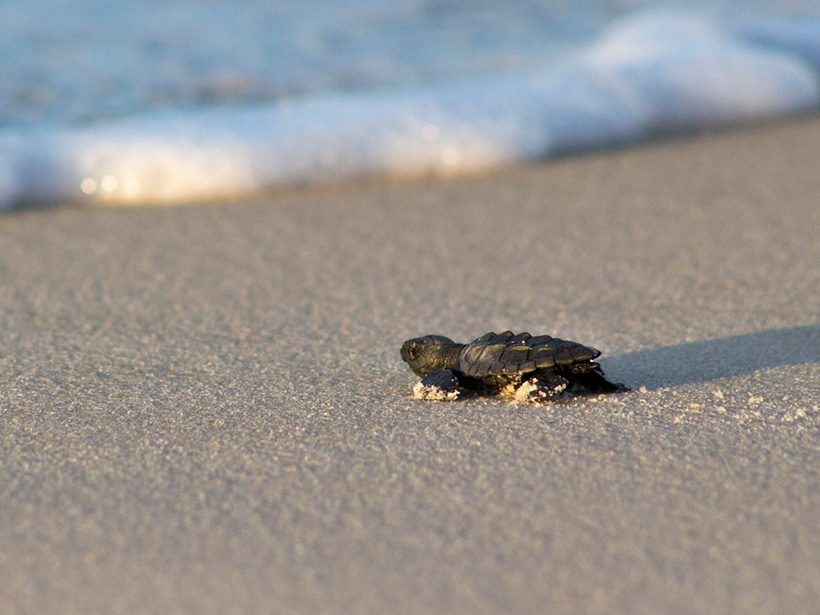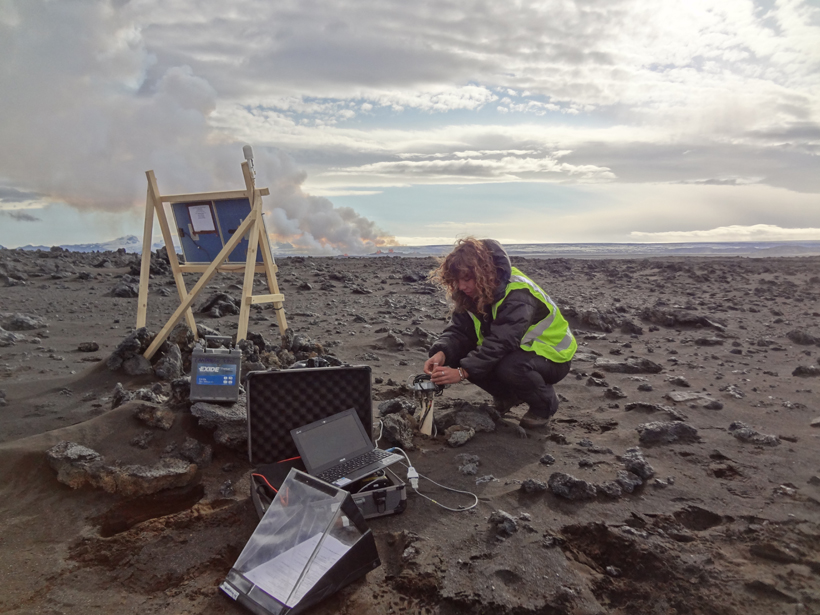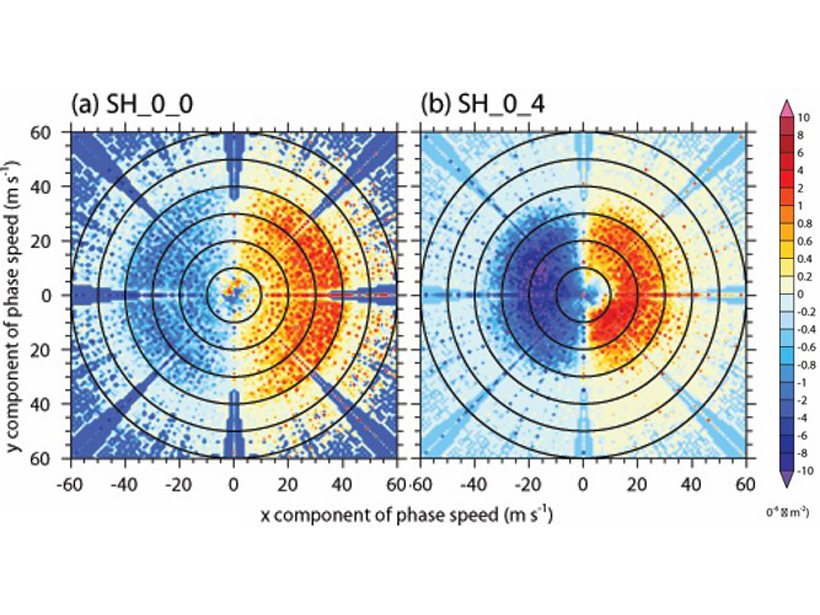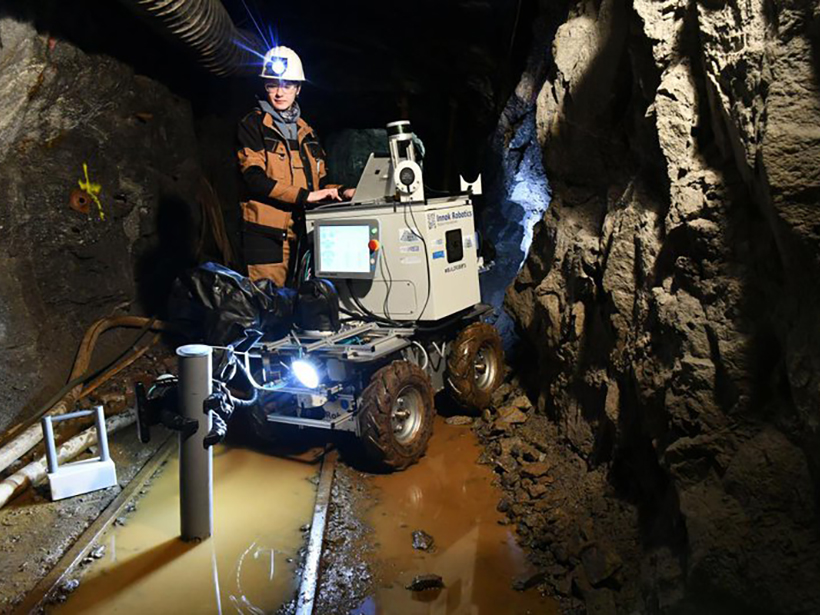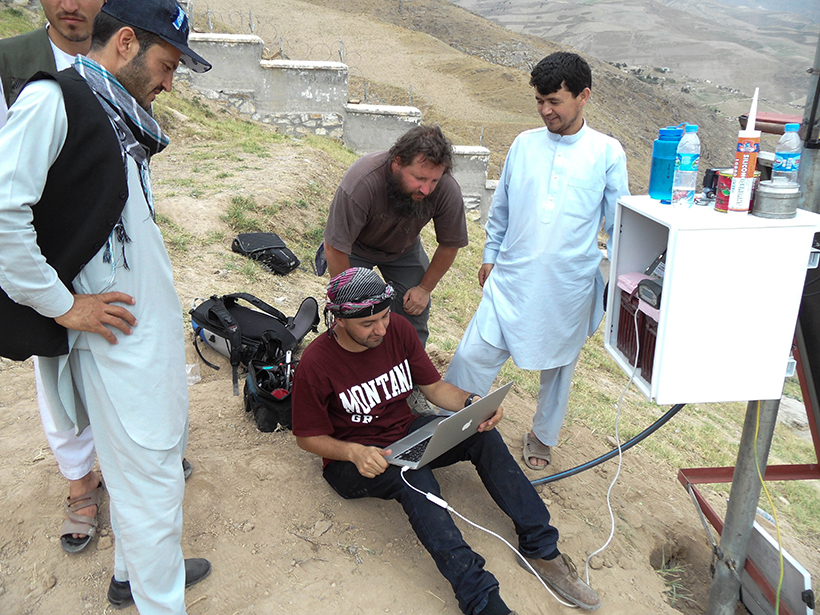A survey of the southeastern United States shows that nearly half of mobile home residents don’t know where to shelter during a tornado, and many aren’t getting the resources they need to survive one.
CC BY-NC-ND 2019
In Pennsylvania, Methane Emissions Higher Than EPA Estimates
Although methane emission estimates from underground coal production appear to be accurate, the calculated emissions from natural gas production are underreported.
Predicting Wave Wash Overs for Sea Turtle Nests
To better protect coastal species, researchers developed a model that predicts harmful wash overs with 83% accuracy.
More Than 30,000 Earthquakes Trace the Movement of Magma
Seismometers near Iceland’s Bárðarbunga volcanic system pinpointed thousands of earthquakes in 2014–2015, revealing where molten rock was moving underground before any eruptions occurred.
Vertical Shear and Tropical Cyclone Generated Gravity Waves
How does vertical wind shear impact the characteristics of gravity waves generated by tropical cyclones?
Ecohydrology: What’s in a Name?
Scientists were studying ecohydrology for decades before it became an official ‘ology’. Find out how this field has evolved over the past century.
Underground Robots: How Robotics Is Changing the Mining Industry
From exploring flooded sites to providing alerts, use of robotics aims to “increase the arsenal of tools that can help miners work more safely and efficiently.”
New Global Analysis Reveals Amount of Sediment on the Ocean Floor
Researchers calculate that there are ~3.37 × 108 cubic kilometers of sediment on the world’s ocean floor.
Metal Asteroid Inspires Works of Art
Student artists explore a mysterious metallic world through acrylic, ceramic, LEDs, and even string.
The Blob Causing Earthquakes
Geophysicists discover that a “blob” of rock sinking into the mantle is the force triggering earthquakes in the Hindu Kush.

